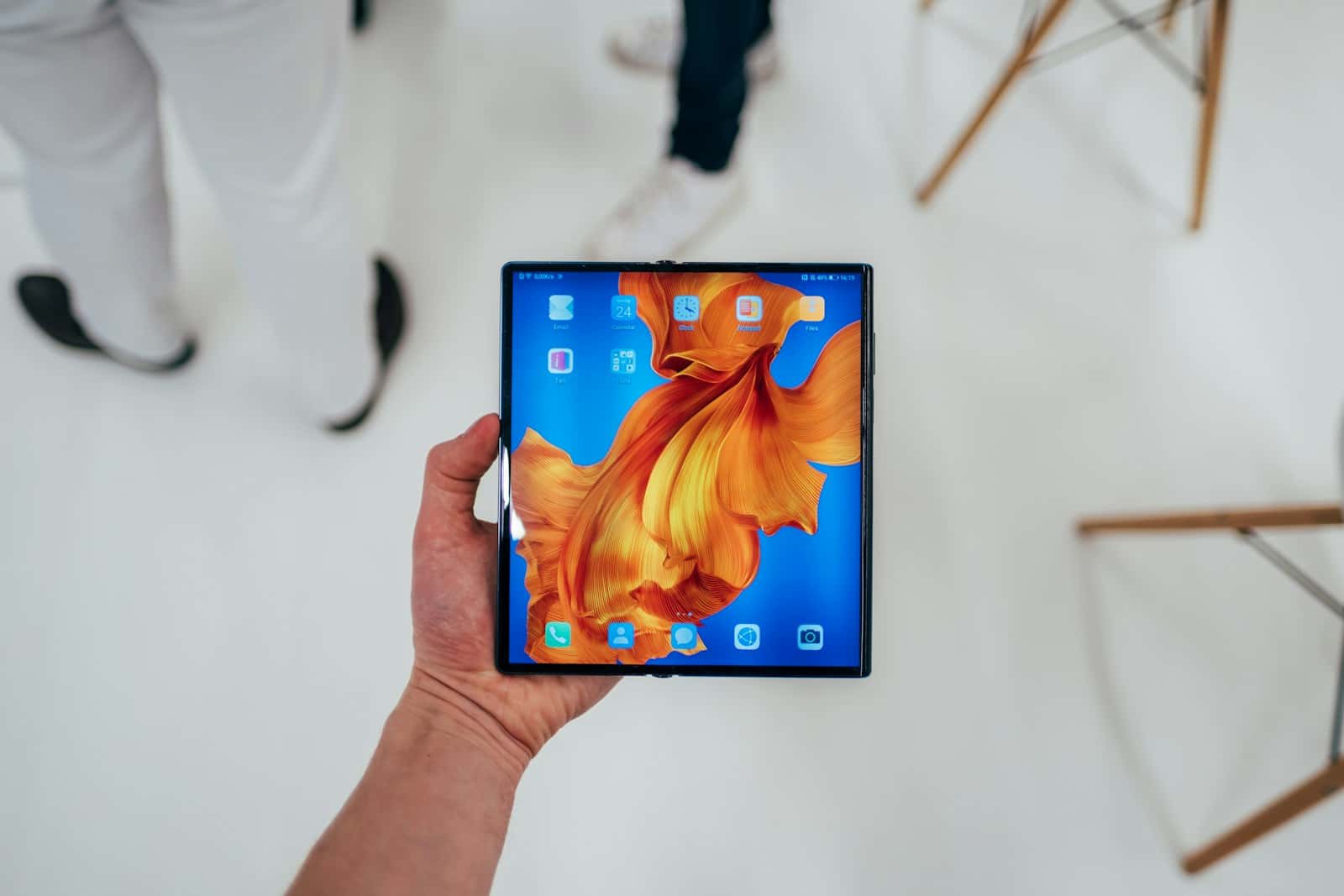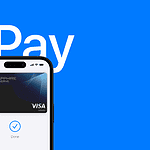Apple is developing two new foldable iPhone devices, according to recent reports. These innovative smartphones could mark a significant shift in Apple’s product lineup. The company aims to launch its first foldable iPhone in 2026, with a foldable iPad potentially following in 2028.
This move into the foldable market comes after years of speculation and patent filings. Apple’s entry could reshape the smartphone industry, challenging competitors like Samsung and Motorola who have already released foldable devices. The tech giant’s approach to foldable technology may bring unique features and design elements to the table.
Apple’s foray into foldables aligns with the growing trend of flexible displays in mobile devices. These new iPhones could offer users expanded screen real estate while maintaining portability, potentially revolutionizing how we interact with our smartphones.
Apple’s Foldable Future: Two New iPhones on the Horizon
What We Know About Apple’s Foldable iPhones
Rumors say Apple is working on two foldable iPhones. These phones may come out in 2026. One phone may fold like a book. This is similar to the Samsung Galaxy Fold. The other phone might fold like a flip phone. This is like the Samsung Galaxy Z Flip.
Expected Features and Design
Details are scarce. It is likely Apple will use its own chips. These chips are powerful. They make iPhones fast. The foldable screens will be a key feature. Apple will want to make them strong. They need to last through many folds. The cameras will also be important. Apple is known for good phone cameras. We can expect high quality.
Competition in the Foldable Market
Samsung is a big player in foldable phones. They have been making them for a few years. Other companies like Motorola and Huawei also make foldable phones. Apple entering this market will change things. It will bring more attention to foldable phones.
Pros and Cons of Foldable Phones
Pros
- Larger screen when unfolded. This is good for watching videos. It is also good for playing games.
- More compact when folded. This makes them easier to carry.
- New ways to use apps. Apps can change when you fold or unfold the phone.
Cons
- More expensive than regular phones.
- Can be more fragile. The folding screen can be damaged.
- Fewer apps are made for foldable screens. This is changing as more foldable phones come out.
Questions You Might Have
How much will they cost? Foldable phones are usually expensive. We can expect Apple’s phones to be too.
When will they be announced? If they launch in 2026, we might hear about them sooner. Apple often announces new products a few months before they come out.
Will they have 5G? It is very likely. Most new phones have 5G.
Comparing Foldable Phone Styles
The book-style fold makes a small tablet. This is good for reading and multitasking. The flip-style fold makes a regular-sized phone smaller. This is good for carrying in a pocket.
Table of Potential Features
| Feature | Book-Style Fold | Flip-Style Fold |
|---|---|---|
| Unfolded Size | Small tablet | Regular phone |
| Folded Size | Thicker phone | Small and compact |
| Best For | Reading, multitasking | Pocket portability |
The Impact on the Phone Market
Apple making foldable phones could make them more popular. More developers may make apps for foldable screens. This will make foldable phones better for everyone. It could also push other companies to make better foldable phones.
Key Takeaways
- Apple plans to release its first foldable iPhone in 2026
- A foldable iPad is also in development, with a possible 2028 launch
- This move could significantly impact the smartphone market and user experience
Unfolding Apple’s Foldable iPhone Innovation
Apple is reportedly developing two new foldable iPhone designs targeted for a 2026 release. One design is said to fold like a book, similar to Samsung’s Galaxy Fold, while the other will reportedly fold like a clamshell, similar to the Galaxy Z Flip. These new devices could bring significant changes to the phone market. They may push other companies to innovate further. They may also encourage app developers to create more experiences for foldable screens. This could make foldable phones more appealing to a wider audience.
Apple is reportedly developing two new foldable iPhone models. These devices aim to revolutionize smartphone design and functionality, potentially reshaping the mobile device landscape.
Anticipating the Foldable iPhone Models
Apple’s foldable iPhone project is gaining momentum. The company is working on two distinct models, each with unique features and form factors. One model may feature a larger display, similar to unfolding two iPad Pros. The other could be a more compact design, focusing on portability and ease of use.
Rumors suggest a potential release date around 2026. This timeline allows Apple to refine the technology and ensure a polished product. The company’s approach to foldable devices has been cautious, prioritizing quality and user experience over being first to market.
Technological Advancements and Features
Apple’s foldable iPhones are expected to incorporate cutting-edge display technology. The devices may use flexible OLED panels, allowing for seamless folding without visible creases. Advanced hinge mechanisms could ensure durability and smooth operation.
Key features might include:
- Enhanced multitasking capabilities
- Improved camera systems optimized for the foldable form factor
- Custom iOS version designed for folding displays
Apple may also integrate its A-series chips and Neural Engine to maximize performance and efficiency in the folding design.
Market Impact and Competitor Responses
The introduction of foldable iPhones could significantly impact the smartphone market. Apple’s entry may validate the foldable concept and drive wider adoption. Competitors like Samsung, Google, and Motorola have already released foldable devices.
Apple’s approach could:
- Set new industry standards for foldable technology
- Influence app developers to create software optimized for folding screens
- Potentially increase average smartphone prices
Competitors may need to innovate further or adjust their strategies in response to Apple’s offerings.
Design and Usability
Apple’s foldable iPhones are likely to prioritize sleek design and user-friendly interfaces. The devices may feature:
- Slim profiles when folded
- Seamless transitions between folded and unfolded states
- Intuitive gestures for navigation and app control
Usability considerations could include:
- One-handed operation in folded mode
- Optimized keyboard layouts for different screen configurations
- Adaptive UI elements that respond to the device’s folding state
Apple may also focus on durability, addressing concerns about the longevity of folding screens and hinges.
Frequently Asked Questions
Apple’s potential foldable iPhone devices have generated significant interest and speculation. Consumers are curious about release dates, features, and how these devices might compare to existing foldable smartphones.
What is the projected release date for Apple’s foldable iPhone devices?
Reports suggest Apple may introduce foldable iPhone devices around 2026. This timeline aligns with the company’s typical product development cycle for new technologies.
Apple has not officially confirmed any release dates. The 2026 estimate comes from industry analysts and supply chain sources.
Are there any confirmed features for the upcoming foldable iPhone models?
Apple has not officially announced any features for foldable iPhone models. Rumored features include:
- OLED displays
- Flexible glass technology
- Enhanced durability compared to current foldable phones
- Seamless integration with iOS
These potential features are based on patents and supply chain reports. Apple may change specifications before launch.
How do Apple’s foldable devices compare to existing foldable smartphones from other manufacturers?
Apple’s foldable devices remain in development, making direct comparisons difficult. Existing foldable phones from Samsung, Motorola, and others offer:
- Various folding designs (inward, outward, clamshell)
- Improved durability in recent generations
- Software optimized for folding form factors
Apple’s reputation for build quality and software integration may set its foldable devices apart. The company typically refines technologies before adopting them.
What can consumers expect in terms of price range for the new foldable iPhones?
Pricing for Apple’s foldable iPhones is unknown. Current foldable smartphones from other brands range from $1,000 to $2,000.
Apple’s devices often command premium prices. Foldable iPhones may cost more than standard iPhone models due to new technology and materials.
Has Apple announced any partnerships or collaborations for their foldable iPhone technology?
Apple has not announced any partnerships specific to foldable iPhone technology. The company typically develops technologies in-house or acquires smaller firms.
Potential collaborations may involve display manufacturers or materials suppliers. These partnerships often remain confidential until product launches.
What advancements in display technology are being utilized in Apple’s foldable iPhone?
Apple’s foldable iPhone is likely to use advanced OLED technology. Potential display advancements include:
- Ultra-thin glass layers for flexibility and durability
- Enhanced touch sensitivity for folded and unfolded states
- Crease-resistant screen materials
The company may also develop new coating technologies to protect the folding display from wear and tear.







